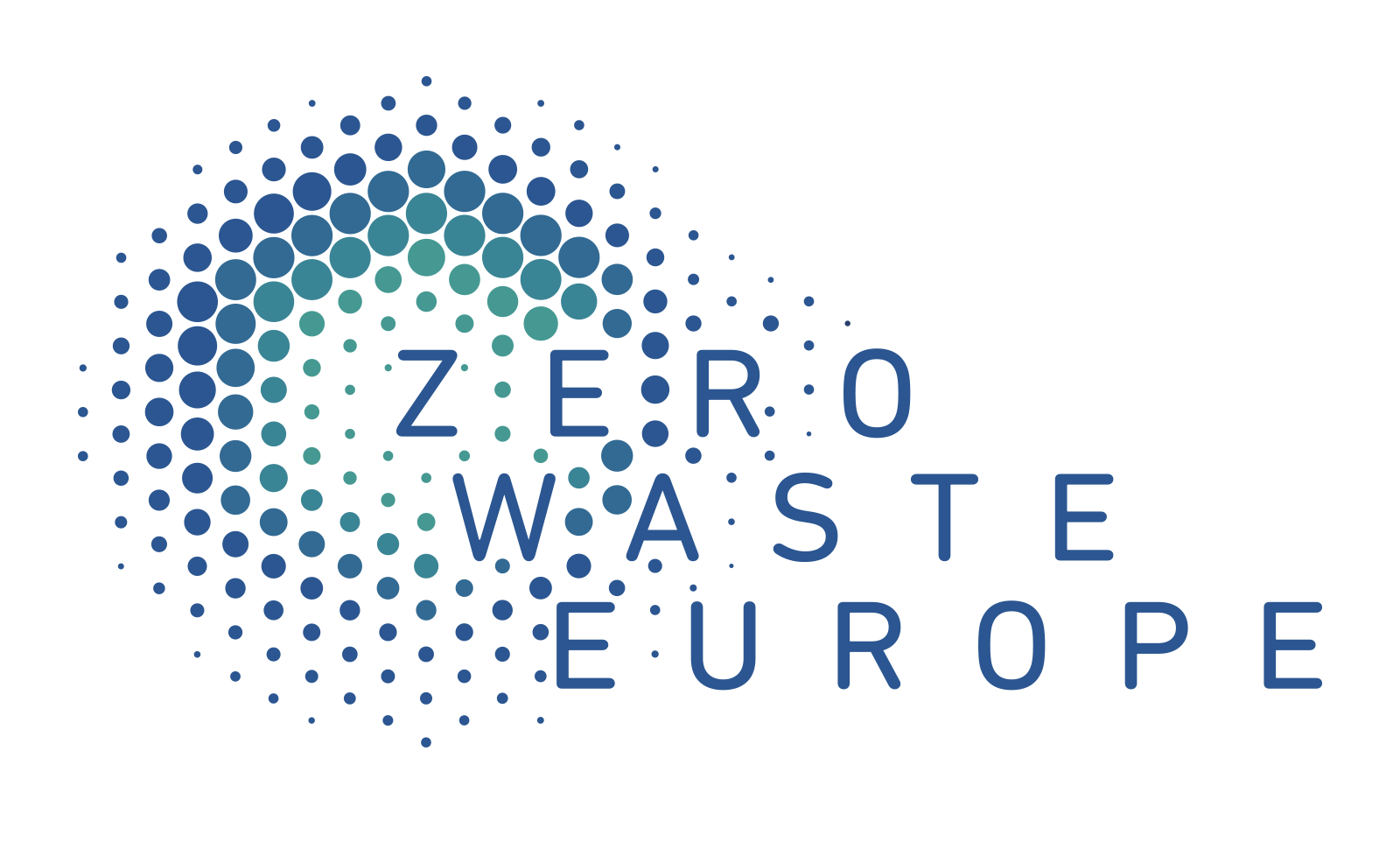Paper-based food packaging at the centre of Europe’s waste crisis, new report reveals
A new report by the Rethink Plastic Alliance, European Environmental Bureau, Zero Waste Europe, Fern and the Environmental Paper Network reveals the environmental harm caused by replacing single-use plastic with single-use paper packaging. The report clearly shows the need to move away from ever-polluting single-use packaging and towards well-designed reuse systems. The NGO coalition calls on the EU to seize the opportunity the Packaging and Packaging Waste regulation offers, and implement the necessary changes.
Brussels, September 12th 2023
For immediate distribution
Paper-based food packaging is marketed as a sustainable alternative to plastics although it is usually combined with plastics or other chemical coatings, it rarely includes recycled content, and it drives global deforestation and industrial water consumption, shows a new report by an NGO coalition consisting of the European Environmental Bureau, Zero Waste Europe, Fern, Environmental Paper Network and the Rethink Plastic alliance.
With the EU currently revising its rules to deal with the uncontrolled growth of packaging waste, the report investigates whether single-use paper represents a credible solution for Europe’s growing waste crisis – an argument regularly presented in expensive and far-reaching lobbying campaigns from packaging producers and fast-food brands. To look into this, the NGO coalition consisting of organisations typically focused on plastic pollution partnered with deforestation NGOs and commissioned a study from the independent research organisation Profundo.
Exposing the greenwashing of paper packaging: the brutal deforestation, biodiversity loss and water scarcity reality
The analysis revealed that paper-based packaging is the largest source of packaging waste in the EU. With 32.7 million tonnes of waste generated in 2020, paper alone makes up for more trash than the two next largest waste material streams, plastic and glass, combined. The report exposes paper-based packaging as a major driver of deforestation in Europe and across the globe. Around 90% of paper pulp is made from wood, and paper production is responsible for about 35% of all clear-felled trees.
The report reveals that Brazil is Europe’s biggest provider of pulp and paper, providing more to Europe than the region’s biggest producers – Sweden and Finland. Brazil tripled its pulp production in the last two decades and it now covers an area of 7.2 million hectares – twice the surface of Belgium. Eucalyptus and pine plantations in Brazil are exacerbating water scarcity, forest fires and biodiversity loss. Within Europe, Finnish forests have become a net emitter of carbon dioxide due to overlogging and 76% of Finnish forest habitats are classified as threatened.
Sergio Baffoni, Campaign Coordinator at the Environmental Paper Network, said “On average, three billion trees are cut each year for global paper packaging – and this is set to rise. The European Commission proposes banning all single-use packaging in restaurants. This is a good place to start when it comes to reducing pressure on forests. To curb growing demands for pulp, the EU should also phase out single-use paper-based packaging for takeaway.”
Hazardous chemicals in paper packaging hamper recycling and endanger consumer health
The report reveals the serious limitations of recycling for food and drinks paper-based packaging. Food and beverage packaging is nearly always combined with plastics or chemicals to make it water-proof or resistant to grease, which impedes the recycling process. This means that in practice, food packaging is often incinerated or landfilled. This shows that recycling alone will definitely not be enough to mitigate the growing demand of virgin fiber led by the uncontrolled growth of single-use paper packaging. The combination of paper with plastics and chemicals also puts the credentials of paper packaging regarding consumer safety in a new light:
Dorota Napierska, Toxic-free Circular Economy Policy Officer at Zero Waste Europe said: “Repeated lab tests are revealing that hazardous chemicals – including those that can cause cancer and disturb our hormones such as PFAS – are present in paper and cardboard food packaging, and that they migrate from the packaging material and end up in consumers’ bodies.”
Time for real solutions – EU must promote reuse instead of single-use paper and plastic
The ongoing revision of the EU rules to deal with packaging waste is Europe’s greatest chance to put an end to our addiction to the wasteful take-make-dispose model of single-use packaging. The report concludes that the EU and Member States should promote well-designed reuse systems to credibly prevent waste generation.
Marco Musso, Senior Policy Officer for Circular Economy at the European Environmental Bureau said: ”This study sounds the alarm on the false solutions of substituting one single-use material for another. The public and policy makers are being misled about the sustainability and circularity of paper-based food packaging. To credibly prevent waste EU decision-makers must focus on restricting avoidable packaging while promoting efficient and convenient reuse systems. This is particularly crucial in the food & drinks sector which accounts for two-thirds of the total packaging market in Europe.”
Media contact:
- Sydney Venin, Sydney Vennin, Packaging Campaign Coordinator at Environmental Paper Network, [email protected]
- Sarah Abou-Chleih, Communications Officer for Circular Economy at European Environmental Bureau, [email protected]
- Caroline Will, Communications Coordinator of the Rethink Plastic alliance, [email protected]
Notes to the Editor:
- The European Parliament and the Council of the EU are currently considering a European Commission proposal for a new Packaging and Packaging Waste Regulation (PPWR), which would replace an existing Directive. For NGO perspectives on the draft PPWR as it relates to paper packaging, see this position paper.
- Paper-based packaging remains the largest source of packaging waste in the European Union (41.1%) .Totalling 32.7 million tonnes in 2020, paper-based waste is more than the total of the next largest materials combined – plastic (19.4%) and glass (19.1%).
- Paper-based materials are increasingly being used to package food and beverages. The food and beverage industry represents two-thirds of the total packaging market in Europe. Globally, paper- and paperboard-based packaging account for approximately 37% of food packaging demand.




